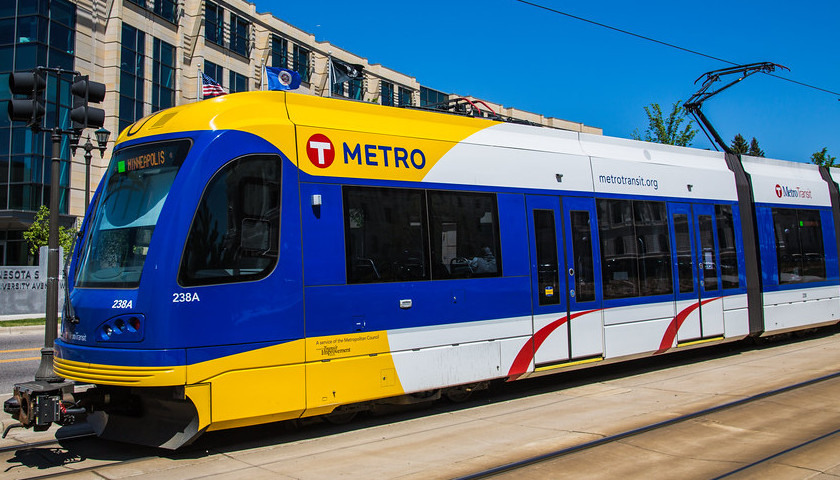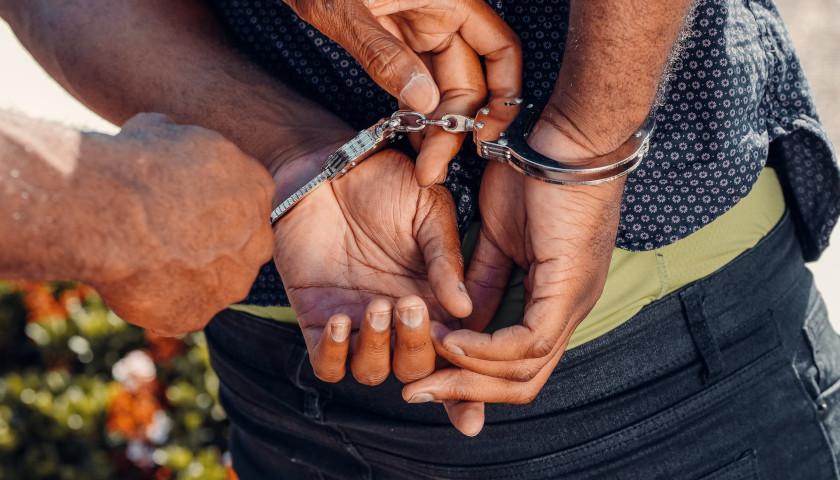by Rose Williams
Metro Transit’s light rail lost more than half of its riders in 2020, but crime continued to flourish on the empty trains, according to documents obtained by Alpha News.
Light rail saw a decrease in ridership of 59% last year, largely due to an upsurge in telecommuters who no longer travel for work because of COVID-19.
Despite the diminishing ridership numbers, crime continued to ravage the passenger rail and its stations in 2020. Adjusting for 2020’s abnormally large decrease in ridership shows that the crime rate actually increased significantly in 2020.
Data for the pre-pandemic months of January and February 2020 — the two months of the year that sustained normal ridership before COVID hit — show that light rail was on track for a record year in crime.
The total number of crimes committed in January 2019 was 303, while January 2020 recorded 662 crimes. February 2019 had a total of 366 crimes, compared to February 2020’s 766.
[wonderplugin_pdf src=”https://tennesseestar.com/wp-content/uploads/2021/03/mn-metro-light-rail-violence_01.pdf” width=”100%” height=”600px” style=”border:0;”]
Vandalism saw the highest increase across the two years, with 2019 recording 221 vandalisms and 2020 seeing 369 — an increase of 67%. Trespassing on the light rail was up 6%.
A total of 311 cases of disorderly conduct were reported in 2019, while a slightly lower number of cases, 242, took place in 2020.
[wonderplugin_pdf src=”https://tennesseestar.com/wp-content/uploads/2021/03/mn-metro-light-rail-violence_02.pdf” width=”100%” height=”600px” style=”border:0;”]
Other crimes that experienced high numbers in both 2019 and 2020 include drugs and narcotics violations, theft, fraud, aggravated assault, and sex offenses.
Three cases of rape have occurred on the light rail between 2019 and 2020.
Upcoming extension projects
Two billion-dollar extension projects are in the works for light rail and have some concerned about the possible transport of crime to the suburbs.
A Green Line extension, called the Southwest Light Rail Transit project, is a 15-mile route that will extend from downtown Minneapolis into St. Louis Park, Hopkins, Minnetonka, and Eden Prairie, with 16 new stations planned for the line, including new stops in Minneapolis.
The total cost of the Southwest Light Rail Transit project will be $2.003 billion, “funded by a combination of federal, county, state and local sources,” according to the Metropolitan Council. The Green Line, which connects downtown Minneapolis to downtown St. Paul along University Avenue, is 11 miles long and cost $957 million when it was built in 2012.
The Southwest project is currently undergoing heavy construction and is set to open for passengers in 2023.
The Blue Line extension project, still going through a revision process, is set to move northwest through Golden Valley, Robbinsdale, Crystal, and Brooklyn Park, connecting to the Green Line and the Northstar Commuter Rail.
Trauma on the light rail

The perennial debate among legislators about light-rail crime reached a fever pitch last year when Honey Darling, a light rail operator of six years and a transportation worker for 18 years, testified before the House about the extreme decline of her workplace.
Darling explained that her employees who work on the trains are verbally and physically assaulted by criminals and homeless people who frequent the tracks.
“I’ve got operators that are scared to come to work. They’re wondering if they’re going to make it home. We’ve had murders on the platform. We’ve had murders on our train. We’ve had rapes, numerous rapes,” Darling said. “I’ve had operators have their jobs threatened.”
People are “terrorizing” the train, she said, by ripping seats out and stealing them, urinating inside the train, and leaving behind dirty needles.
Darling said Met Council management is no help and will not send officers when trains need them. When police do arrive, it is often long after an incident occurred.
“Police need to be there, on every train, for a while, until this criminal activity ends,” Darling added.
Jeff Ziegler, another light rail operator, shared similar “dangerous” experiences, saying he has trouble relaxing when not at work “due to trauma caused on the job.”
“Two Wednesdays ago, on the train directly ahead of me, there was a murder on the train. Last Saturday night, a gang of unruly teenagers and young people held my train hostage for 11 minutes, holding my doors open, throwing homeless people’s belongings throughout the train and on the platform, breaking two of my passenger doors,” he said at the time.
Rep. Jon Koznick, R-Lakeville, has introduced a new bill to bring security upgrades to light rail, including a “rider code of conduct,” “paid fare zones” at every stop, and additional security cameras and adequate lighting.
His bill would also require the installation of a “public address system” to provide “warnings” to riders of criminal activity on the trains.
– – –
Rose Williams is an assistant editor for Alpha News. Alpha News intern Anna Miller contributed to this report.






Crime remains a problem in private automobiles with car-jackings by strangers or deliberate misuse of automobiles as deadly weapons by crooked motorists. So, what else is new?